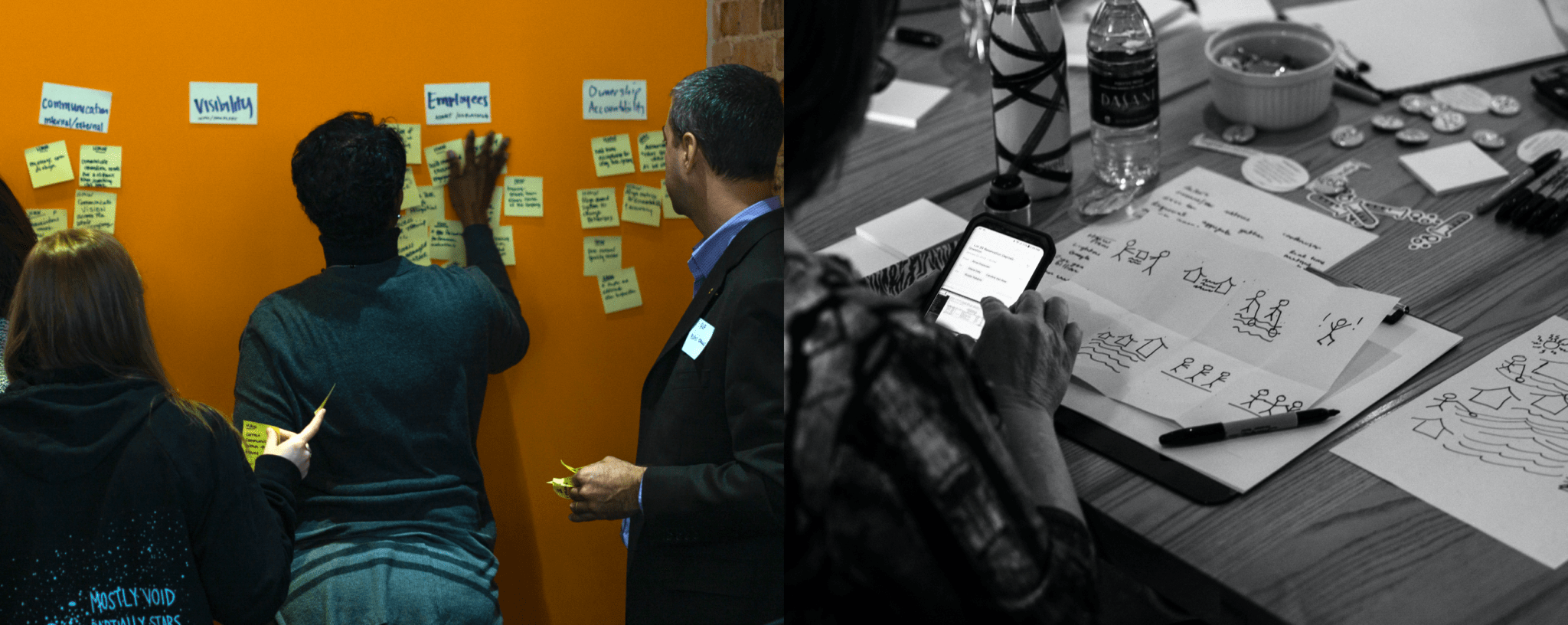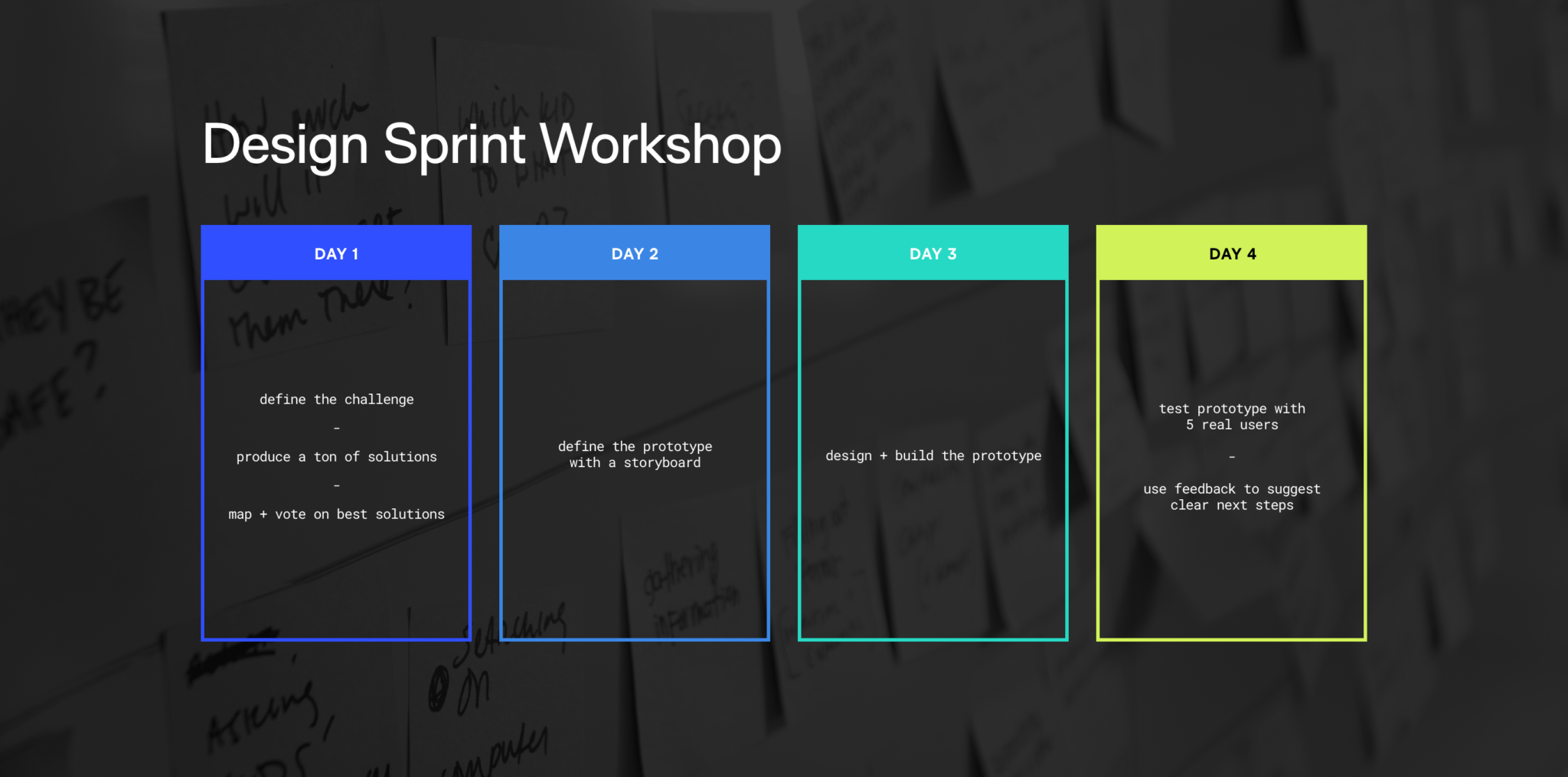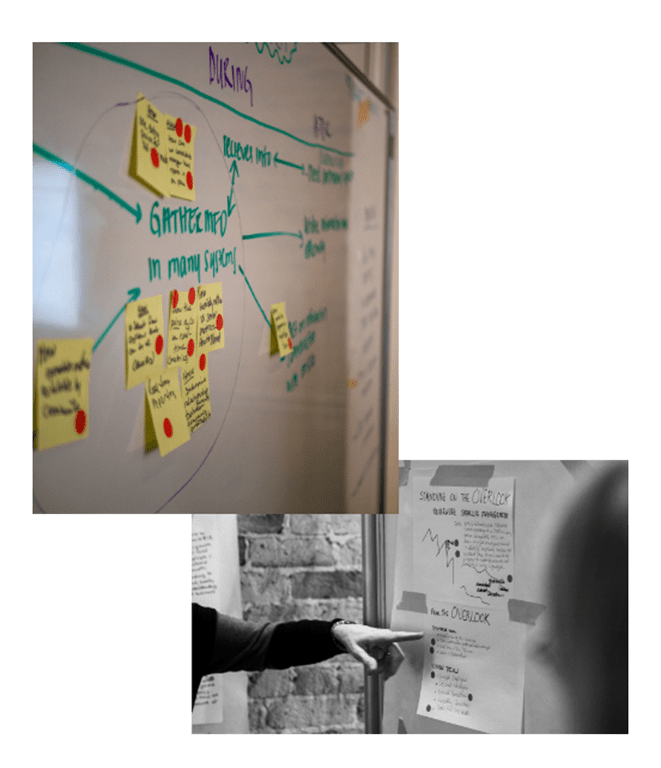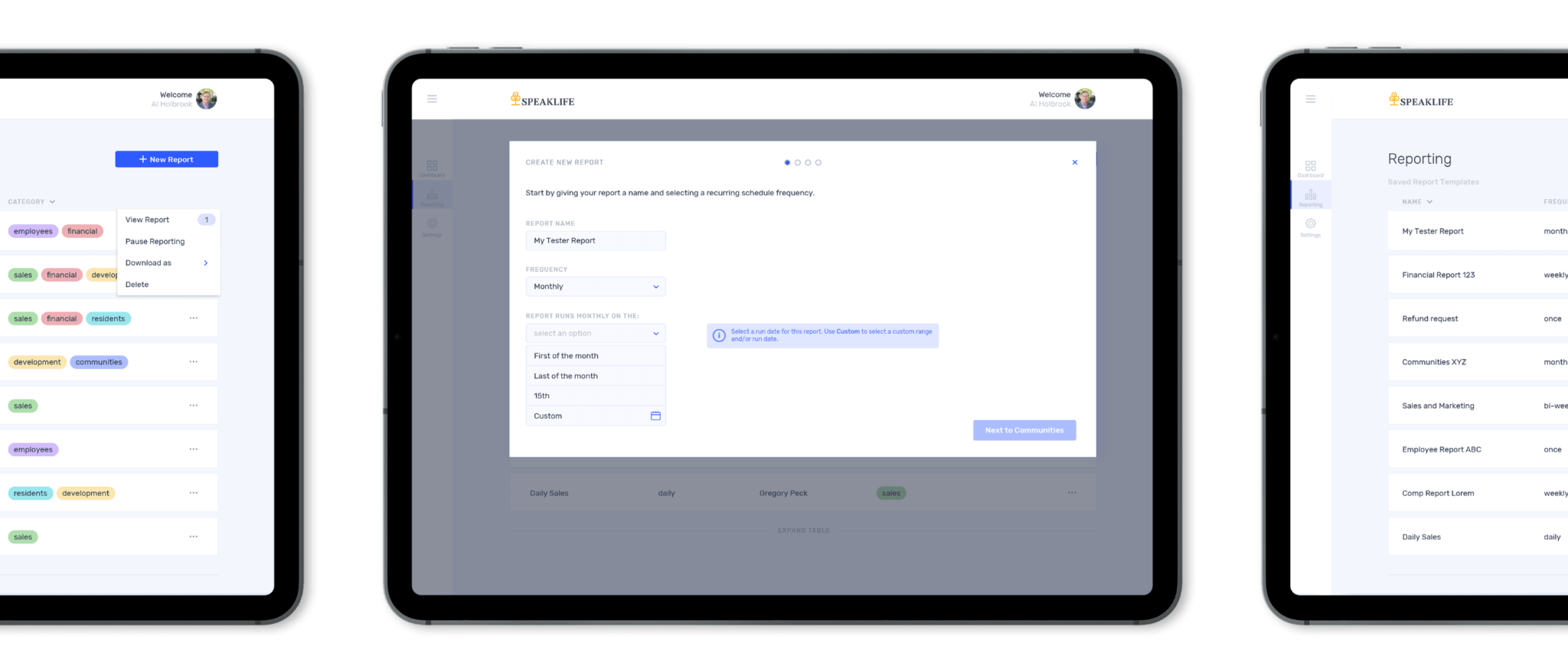Holbrook Life
Operational dashboard provides critical metrics

overview
As a client struggling with data overload, Holbrook sought our help to identify and drive alignment on various metrics that were being collected from across the organization.
Through a Design Sprint, we were able to help Holbrook leadership achieve internal alignment, which then laid the foundation for our designers to create a prototype of an operational dashboard designed to provide key data and meaningful insights.
industries
- Real estate
services
- Design sprint
- Product design + development
- Concept validation research
The challenge: unwieldy data
Holbrook wanted to aggregate and holistically view resident data for measuring the health and welfare of its communities, but the C-suite struggled with data overload and harnessing the right metrics from disparate sources from across the organization. With a variety of viewpoints and perspectives, the leadership team set out to identify the most important data and align on critical objectives around those metrics.

our role
- Design Sprint facilitation
- Prototype design
- Concept validation research
- Strategic recommendations
deliverables
- Prototype
- Usability research findings
- Potential opportunities
- Key metrics and data
- Future design iterations & development
- Insights & findings report


Leadership gets aligned on a shared vision
Through a Design Sprint, we were able to help facilitate discussions among leadership to help them identify a shared vision of success around data, one that could help bring into focus those metrics that are most critical to helping the C-Suite make informed decisions. By the end of the sprint, our teams collectively identified the following goals that would improve Holbrook’s data analysis:
- Connect disparate points of data for analysis
- Gain visibility into business metrics and facility operations
- Compile operational statistics and generate reports
- Define metrics, targets, acceptable variance ranges
- Allow for sending and receiving alerts of metrics that are out of alignment with targets and variances
After establishing these goals, our designers then went to work on a prototype for a unified dashboard that could provide visibility into the day-to-day operations of the organization while also providing actionable data.

Dashboard prototype developed in days, not months

Once we identified the critical metrics, our design team stepped in to create a prototype that would provide quick visibility of business metrics and operational statistics. With built-in functionality to generate reports, the tool would also provide leadership with on-demand access to data, enabling them to make informed, actionable decisions – fast.
Using the Design Sprint methodology significantly reduced the time typically required by leadership to identify and align on critical objectives. Through a unique process of collaboration, rapid prototyping, and user testing & analysis, our team compressed the thinking, iterating, and design of the prototype from months into days.



”Adds a lot of value for our day to day. It’s very clean; it’s very simple. It’s not overwhelming.”
HOLBROOK EMPLOYEES